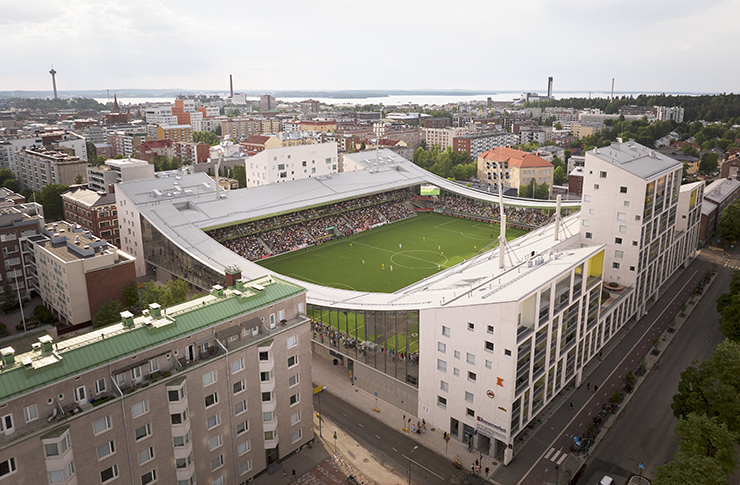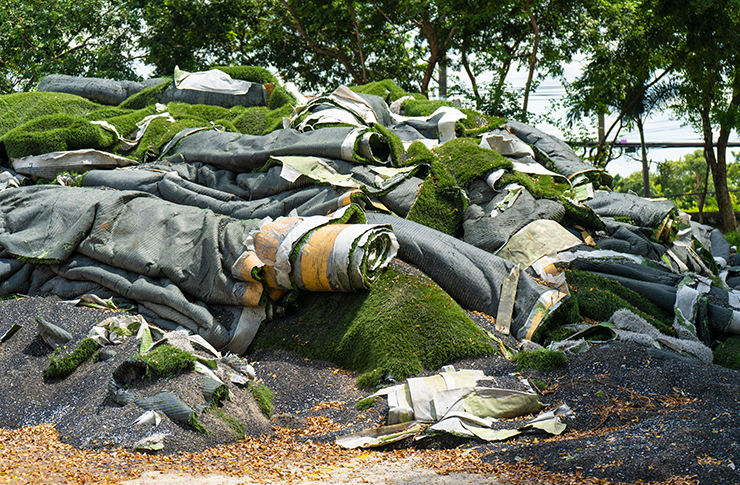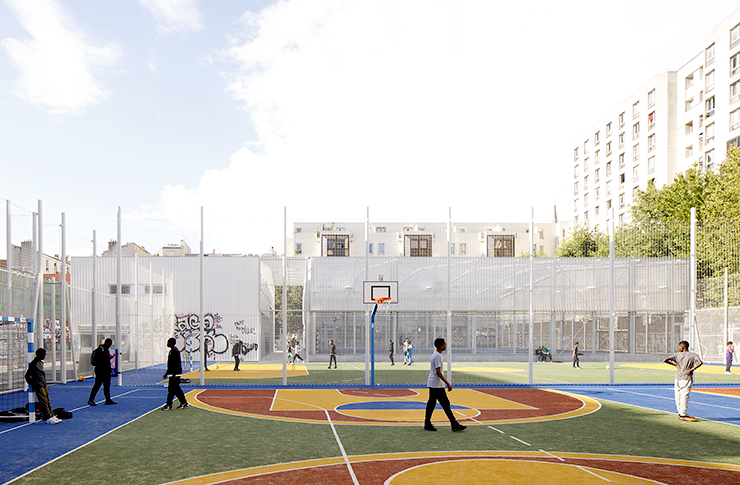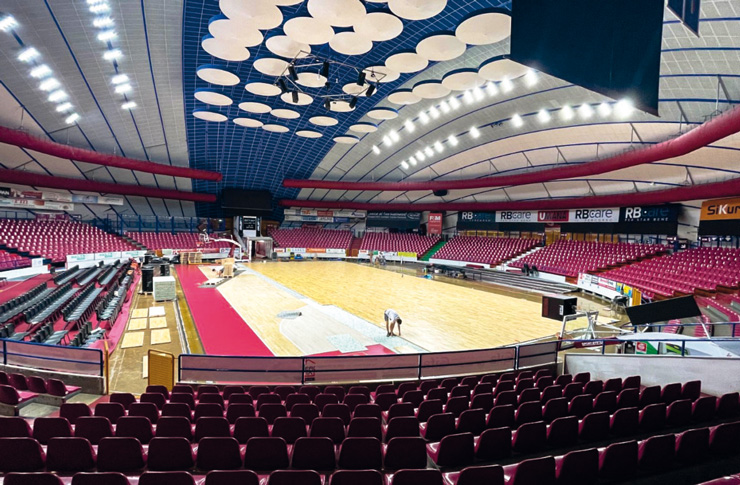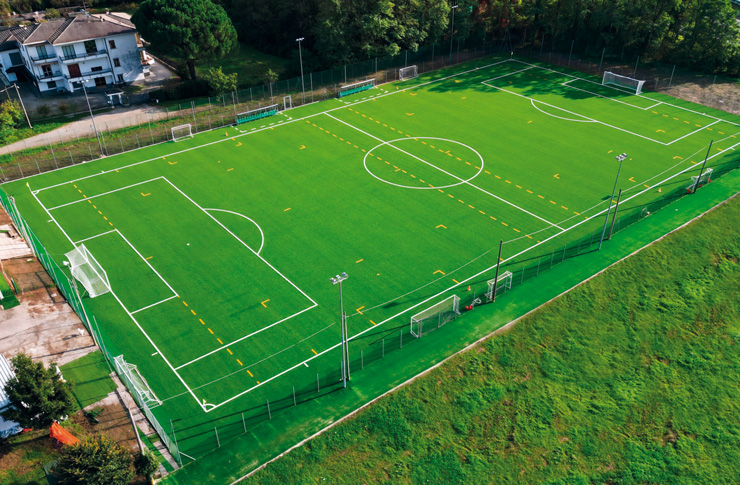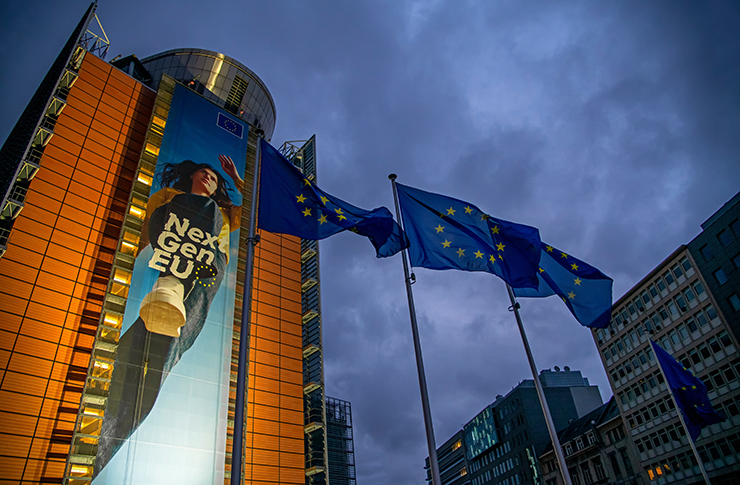Archdaily awarded Viborg’s “street” sports facility, built by the Danish group Effekt, recovering an abandoned industrial building.
Streetmekka: street sports and the reuse of abandoned buildings
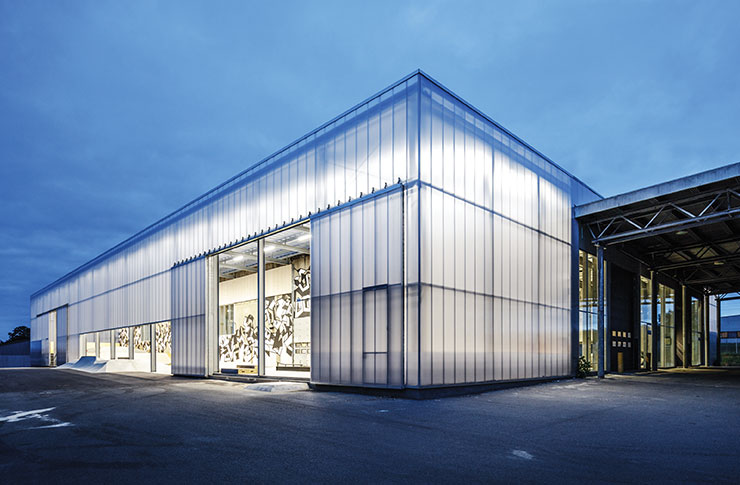
The architecture site ArchDaily has published the outcome of the competition that awards the best architecture of the year 2018 through the vote of 100,000 architects and connoisseurs who attend the site. Among the sports facilities, the “street” sports facility created by the Danish group Effekt was chosen, recovering an abandoned industrial building.
We publish both the winning project and a previous intervention by Effekt inspired by the same principles.
Streetmekka Viborg, Denmark: an abandoned windmill factory
Streetmekka is a new cultural destination offering a wide variety of facilities for self-organized sports like parkour, skate, bouldering, basketball, trial as well as a series of customized workshop areas for music production, DJ’ing, an animation studio, fabrication lab and various artist studios and wood and metal workshops.
Social spaces and informal meeting areas are distributed throughout the building and strategically interwoven in-between primary functions based on the notion that proximity to activities lower the threshold for participation.
The original building once served as a windmill factory and is a typical example of one of the many mass-produced warehouse or factory buildings from the late 1960’s and 70’s found in almost every suburban industrial zone in the western world. Constructed from prefabricated concrete panels or corrugated steel, these industrial leftovers are perceived as having little or negligible historic, cultural and architectural value.
Instead of taking the traditional approach and demolishing the leftover building, designers wanted to explore how to re-use and re-program this type of insig¬nificant and mostly introverted building typology in a qualitative way and at a very limited budget.
However uninteresting and grey the exterior of these boxes appear, they often contain an impressive interior space of magnificent scale and almost cathedral-like proportions based on a repetitive, neatly arranged structural system. This vast space posed the only true value of the building – and one wanted to expose and highlight this to the outside world.
The approach was simply to remove the walls at both ends of the building and to place all the administrative functions and workshop spaces on one side of the existing structure and the skate-areas on the other side, leaving the internal former manufacturing space intact. This clear re-organization also equips the building with a completely new envelope and exterior and allows us to pull in more daylight through the two new glass facades while improving the connectivity to the exterior spaces and activities.
With many vacated industrial sites being incorporated in urban expansion, this approach may be replicated and can pave the way for the revitalization of many other disregarded buildings left to deteriorate or facing demolition.
Streetmekka Esbjerg, Denmark: an abandoned train engine depot
A couple of years earlier than Viborg’s intervention, Esbjerg’s Streetmekka is the first attempt to create a new concept street sports and cultural facility.
Architecturally the new facility is a reinterpretation of the existing structure, which was originally designed as a typical roundhouse with a turntable in the central courtyard. New halls are placed in the same geometry in a variety of outdoor and indoor spaces, each with their distinctive function and expression, creating a coherent multifunctional street culture compound.
The program includes a covered area for transition and bowl skate, interior and exterior street basket courts, a street dance area, an indoor street skate arena, workshop areas for DJ-schools and street art, meeting rooms, administration offices, a cafe, kitchen, changing rooms and a large social area and reception. Small niches are located throughout the building to promote informal hangouts in between activities.
In the heart of the compound an enclosed street sport plaza and large outdoor social space is located. This is also the point of arrival where you immediately get an overview of all the activities and their individual location.





